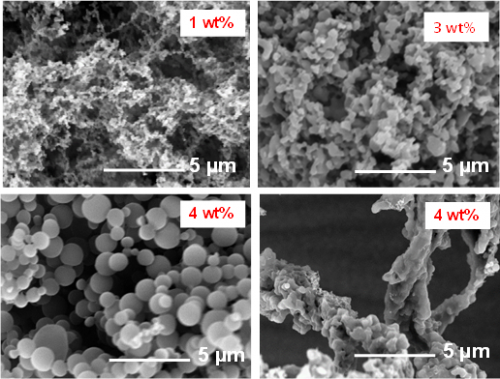The use of supercritical fluids (SCF) enables the development of clean and generally compact processes.
Among the various fields of application of SCFs, particle generation using supercritical CO2 (SC CO2) is a technique that has been studied for some thirty years and is already used in industry for certain applications. Compared with techniques using conventional solvents, the use of CO2 SC offers a number of advantages. It is a clean compound, whose specific properties (high density, low viscosity, low interfacial tension and higher diffusivity than liquids) are exploited for the recrystallization of compounds, enabling powders with controlled characteristics to be obtained. In addition, the use of CO2 SC simplifies the recrystallization process, as it separates spontaneously from the treated compounds by simple depressurization. Another advantage of CO2 is its low critical temperature (Tc=31.06°C), making it possible to operate in the supercritical phase under mild temperature conditions.
